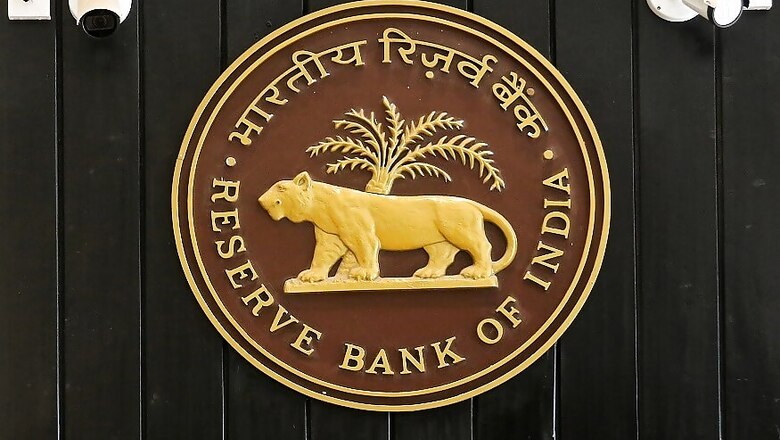
views
Mumbai: The Reserve Bank could transfer an additional Rs 1.23 trillion from its surpluses to the government, thanks to the gains from bond buying and a change in the accounting practices of its forex operations, sources said Wednesday.
These two heads alone have contributed as much as Rs 57,000 crore to the income of the central bank, people in the know explained.
There has been widespread criticism after the RBI agreed to part Rs 1.76 trillion with the government following the Bimal Jalan committee report on the appropriate economic capital framework for the central bank. The Rs 1.76 trillion includes a surplus of Rs 1.23 trillion and Rs 52,000 crore in one-time surplus.
The higher quantum of bond buying to inject liquidity into the system has resulted in additional income of Rs 36,000 crore, while the changes in accounting practices resulted in gains of Rs 21,000 crore, the source said.
Without quantifying the gains, the source also said that there is no need to provide money against potential risks as the capital required is falling within the levels prescribed by the Jalan committee.
"These three heads (OMO income, change in forex accounting and zero provisions) are all independent events that have taken place at the some point during the fiscal year," the source explained.
On the one-time transfer of Rs 52,000 crore, the source said passing the money to the government is considered a "much neater" way of transferring the excess reserves identified by the Jalan committee.
The source said the Jalan committee was extra conservative while prescribing the preferred levels of buffers required to be maintained, and takes into account a scenario where the 10 largest banks go down simultaneously in an ownership-agnostic way.
The levels prescribed are such that the RBI will be able to carry on its role as the lender of last resort even if these 10 banks were to go down, the source pointed out.
The Jalan panel has asked the central bank to maintain its risk buffers in the range of 5.5-6.5 percent of its overall balance sheet and that the transfer of Rs 52,000 crore will not force the RBI to sell any assets to meet this requirement, the source said.
Replying to the initial excitement after papers, including those published by some "respected people" which pegged the excess reserves at Rs 3 trillion, the source
explained that the same stems from the size of the currency and gold revaluation account (CGRA).
The CGRA stood at Rs 7.3 trillion for the year June 2019 (RBI follows a July-June accounting calendar which will be changed to April-March from this year as per the Jalan panel), which resulted in such expectations. However, the panel has made it clear that investments in both forex and gold are prone to volatilities, and only transaction on sale should lead to booking of profit or losses which led to the expectations being belied.
The panel has also felt that paying interim dividend as has been done in the last two years, is "not the right thing to do", the source said.
Interestingly, the source also said the RBI's thinking is still aligned to the concerns expressed by then deputy governor Viral Acharya in an October 2018 speech against raiding the balance sheet of the RBI.
However, the panel has defined the right level of the buffers which takes care of many of those concerns, the source said, adding the levels are arrived at with a lot of rigour.
The Jalan committee also makes the distinction between the sovereign and the RBI's balance sheet very clear, giving a separate place of importance for the latter, the source said.
"This debate the committee has put to rest by saying that the RBI is the primary bulwark of monetary and financial stability," the source said.

















Comments
0 comment